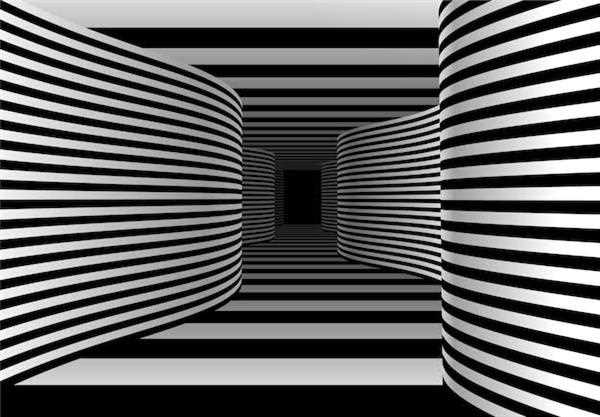Optical illusions are captivating phenomena that play tricks on our visual perception, causing us to perceive things differently than they actually are. They are intriguing and often deceptive images or objects that challenge our brain's ability to interpret visual information accurately. These illusions exploit the complexities of human visual processing, revealing the fascinating intricacies of how our eyes and brain work together.

At their core, optical illusions are the result of the brain's attempt to make sense of the sensory input it receives from the eyes. Our visual system is responsible for processing and interpreting visual stimuli, allowing us to perceive the world around us. However, this system is not infallible and can be easily deceived by certain patterns, colors, or arrangements.
Optical illusions can take many forms, ranging from simple geometric shapes to complex images. They often involve distortions, discrepancies, or manipulations of color, size, perspective, or motion. By exploiting these visual cues, optical illusions create a mismatch between what our eyes see and what our brain perceives, leading to perceptual inconsistencies or contradictions.
One common type of optical illusion is the geometric illusion, which involves the use of lines, angles, and shapes to create illusions of size, length, or position. For example, the Müller-Lyer illusion features two lines of equal length, but one appears longer than the other due to the addition of arrows at the line ends, creating an illusion of depth or perspective.
Another type of optical illusion is the ambiguous figure, where an image can be interpreted in multiple ways, leading to perceptual instability. The most famous example is the Necker cube, a wireframe cube that can be perceived as rotating in different directions depending on the viewer's perspective.
Color illusions exploit the complex interactions between different colors and their surrounding context. The contrast, brightness, and arrangement of colors can create illusory effects such as color spreading, where colors seem to extend beyond their boundaries, or simultaneous contrast, where colors appear different depending on the adjacent colors.
Motion illusions manipulate our perception of movement. For instance, the phi phenomenon creates the illusion of motion by rapidly presenting static images in succession, tricking our brain into perceiving smooth motion. Similarly, the wagon-wheel effect occurs when the spokes of a rotating wheel appear to move backward or forward, despite their actual motion.
The study of optical illusions not only provides entertainment but also offers valuable insights into the mechanisms of human perception. Scientists and psychologists have used these illusions to investigate the processes of visual cognition, including how our brains process information, make inferences, and fill in missing details.